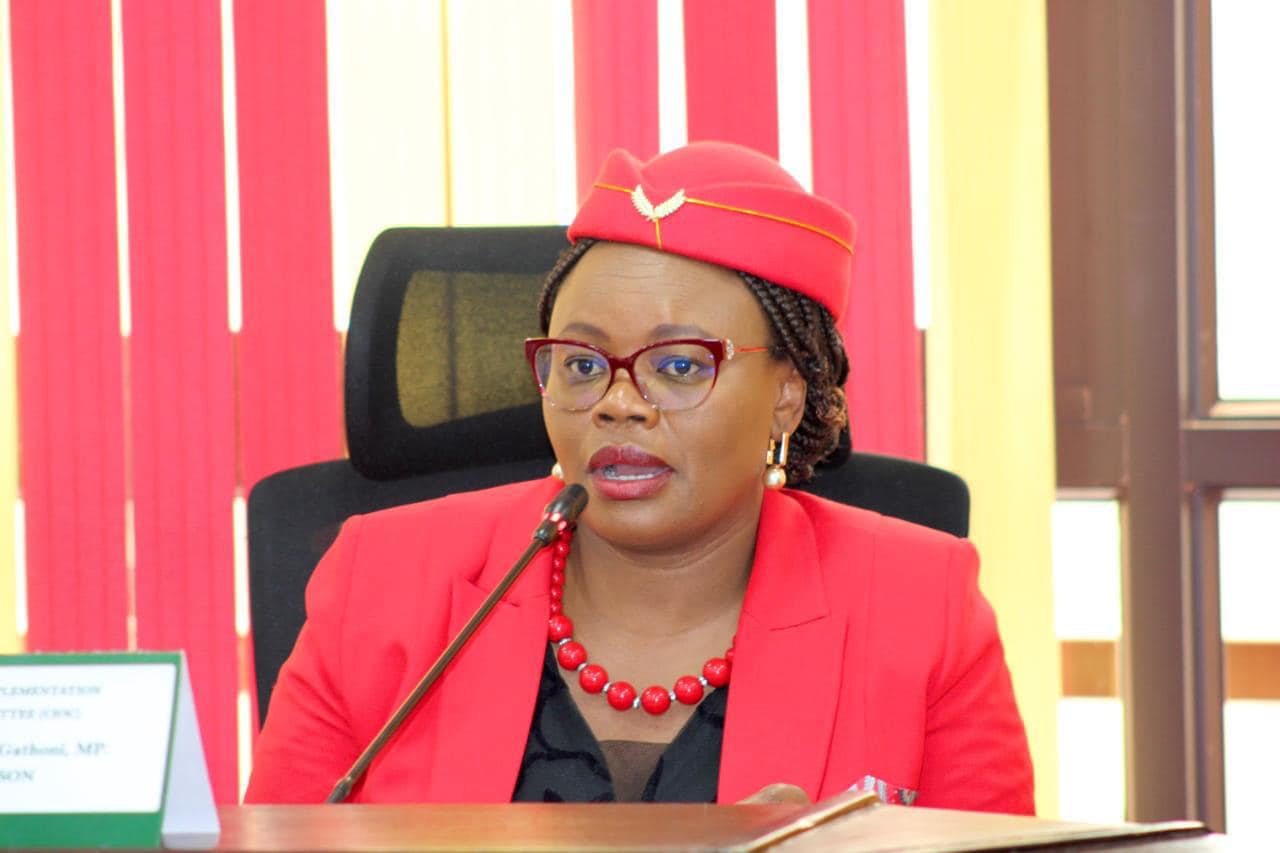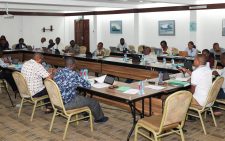Activists oppose new authority for wildlife regulation

Advocacy groups have opposed the creation of an authority to regulate the wildlife sector as proposed in a Bill whose public participation came to a close yesterday.
The Wildlife Conservation and Management Bill 2025 has provided for the establishment of the Kenya Wildlife Regulatory Authority (KWRA) to take over key mandates, including regulating fees for parks, reserves, sanctuaries and conservancies.
If established, the authority will also develop and maintain a register of all protected areas, and community and private conservancies, as well as regulate and monitor all practices related to the wildlife economy to enhance contribution to the National Economy.
Ensure compliance
The agency will also coordinate all state and non-state actors engaged in wildlife conservation to ensure compliance with wildlife laws, enhance wildlife ethics, regulate wildlife conservation practitioners and maintain a register of all wildlife experts and practitioners.
However, in a joint memorandum submitted before the Ministry of Tourism and Wildlife, the 20 advocacy groups objected to the creation of the Authority, citing concerns about the functionality of the body.
They cited the risk of duplicated roles among other agencies in the wildlife sector, adding that the Kenya Wildlife Service (KWS) has been underfunded.
The mandate, functions and relationship between the KWRA, KWS and Wildlife Research and Training Institute (WRTI) are overlapping, and the implications include grave dilution of operations of KWS and WRTI.
That will undoubtedly create operational inefficiencies in implementation, as well as increase the expenses involved,” the statement said.
According to Wildlife Principal Secretary Silvia Museiya, the Wildlife Conservation and Maintenance Act 2025 seeks to modernise how Kenya governs, preserves and utilises wildlife resources.
“Building on the wildlife policy of 2020 and the broad stakeholders’ consultation, this Bill proposes reforms in governance structure, sustainable financing for human-wildlife conflict, management, enforcement, research, and equitable benefits sharing within the local communities,” she said.















